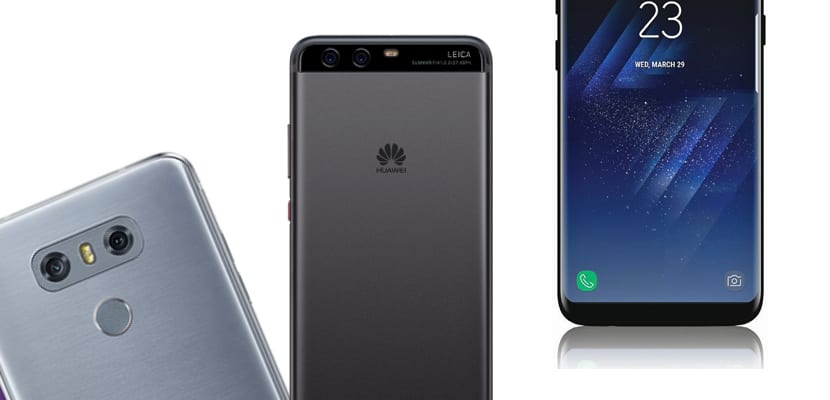
It's here, the market has brought the flagship of the most famous South Korean company, Samsung proudly presents the Galaxy S8, all screen to innovate, change the way we understand smartphones and above all continue to sell more than never. However, during the Mobile World Congress we had access to a series of products that are at the height of the greatest in telephony, Is the Samsung Galaxy S8 worth it compared to other flagships like the Huawei P10 or the LG G10? Let's take a more specific look at these three top-of-the-line devices to help you make up your mind.
We are going to do a little review of the most relevant technical and design sections, section by section, so that you can decide in the case of having preference over some type of detail.
The current situation of each company
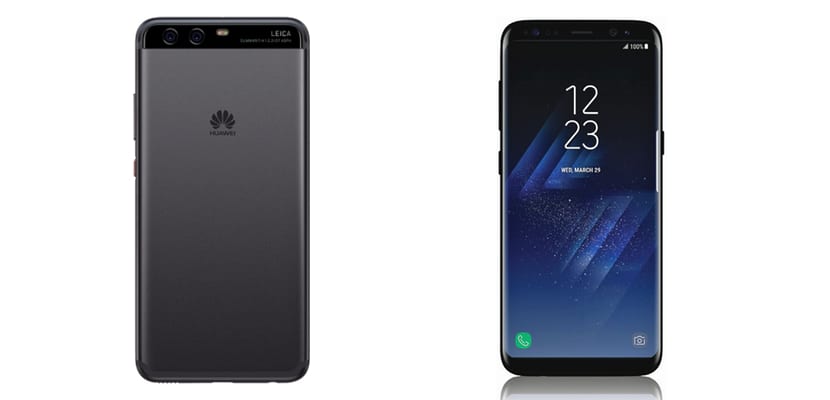
Let's start with a general overview of the business status of the three at stake. Huawei stands out above all, a company in constant growth that has become a benchmark in Spain and China, where it dominates the market, selling a huge number of devices of all ranges and dethroning in the mid and low range a company as versatile as Samsung.
On the other hand we have Samsung, working hard to maintain the success of the Galaxy S6 and still lurking under a cloud of uncertainty caused by the discomfort caused by the explosions of the Galaxy Note 7, a device that was withdrawn from the market (on two occasions) that has been announced as a new "refurbished" edition. Putting a dangerous phone back on the market could turn out to be a fatal blow for the South Korean company, although the commitment to the Galaxy S8 has been clear, and the design has left us all speechless.
We ended up with LG, another South Korean company that has continued to try to prove itself. The G3 became a device much loved by Android users, however, the inventions and the commitment to modular technology in the LG G5 have caused the company to fall into a low sales loop. The commitment to the G6 has been quite strong, presenting a spectacular design with a front panel that has not left absolutely anyone indifferent, and that makes its intentions in the market very clear.
The design
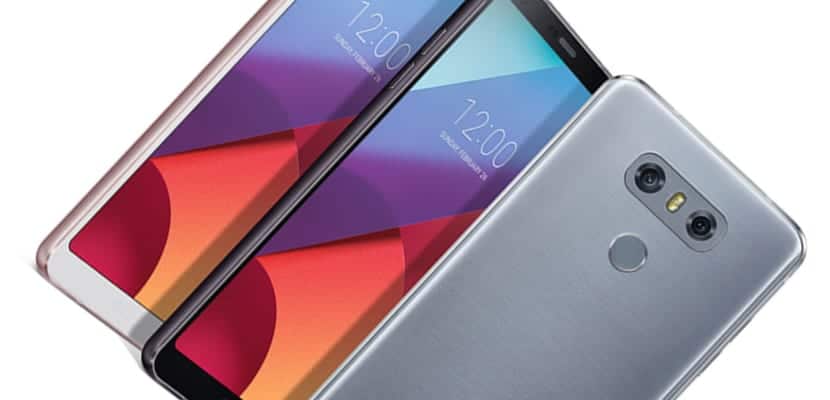
Here we enter the most subjective aspect of all. However, it is unanimous that Samsung has become a benchmark since the arrival of its brilliant Galaxy s6. It continues to retain the metal structure on a front and a back in glass that captivates anyone who touches it. As for the front, Very daring its screen percentage, quite pronounced curved edges that could displease the most purists, but that will undoubtedly mark an era. However, it has been difficult for him to have to move the fingerprint sensor to the back of the device. Another changing aspect is the front buttons, which become on the screen, something never seen in a Samsung of these characteristics.
Huawei with its P10 has perhaps the most conservative bet, a front panel with pronounced frames, and an almost completely metallic chassis, accompanied by a bit of glass to protect the two rear cameras. Huwei has not wanted to make many boasts in this regardIt should be noted that this time we find the fingerprint sensor on the front.
The LG G6 is the intermediate bet, a flat front panel but that takes advantage of the screen like no other, extremely bright tones and no corners. However, they have not wanted to bet too much on innovation at the back, where they keep two cameras and the fingerprint reader, something that has characterized the LG G range in turn since its inception, always back buttons.
The camera
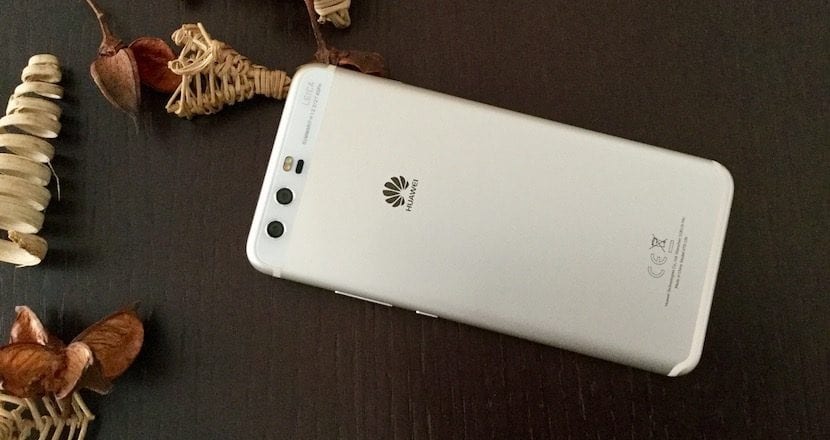
On this occasion Huawei wants to breastfeed thanks to its association with the famous Leica brand, specialists in photography for decades. However, the reality is that it retains exactly the same rear camera as the Huawei Mate 9 (another spectacular device), presentingor 20 megapixels monochrome and another 12 megapixels with aperture f / 2.2, without image stabilizer. Yes, he signs them Leica, for the first time goes beyond a silkscreen. In the front camera of the Huawei P10 we are going to find no less than 8 megapixels with f / 1.9 aperture that will be more than enough and plenty for selfies.
SamsungHowever, it is not exactly a stranger when it comes to cameras, the results of its Galaxy S range have been spectacular for years, especially in low light conditions. On this occasion we also find a sensor 12MP with aperture f / 1.7 more than surprising, accompanied by optical image stabilization that will allow you to record almost like a pro. For the front camera they stay at 8MP and aperture f / 1.7 which is not bad to model with our selfies either.
Finally the LG G6, the South Korean device has two 13MP rear sensors, a main one with f / 1.8 and a secondary one with a wide angle lens, to take somewhat more artistic photos. Certainly, although LG also takes good photographs, it does not have the powerful software that Huawei and Samsung have, specialists in the matter. For selfies only 5MP on the front, very low considering the rest of the market.
Gross power performance
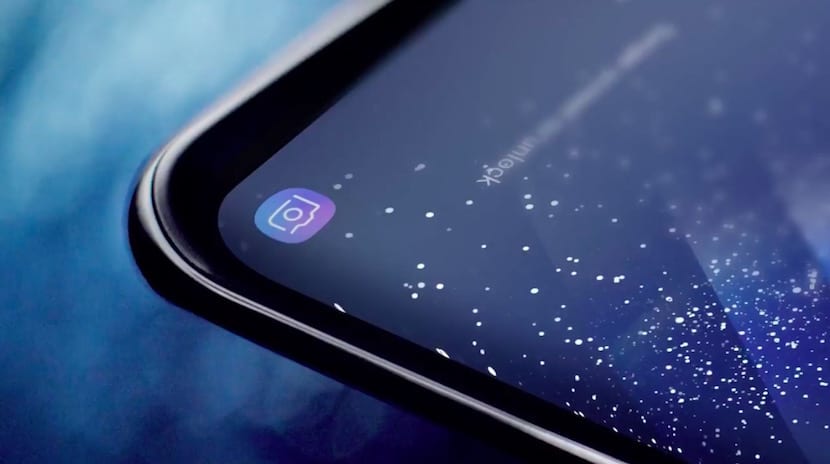
Here the normal thing is that we always win the Samsung Galaxy S8, the South Korean team knows how to do things really well, and has once again brought out the power of its processors Exynos 8895 in this Galaxy S8, although it will do it hand in hand with the Snapdragon 835 at the highest level on some occasions. To do this, you will use 4GB of RAM that will be more than enough to provide stability and fluidity to the operating system.
At Huawei P10 we will find nothing less than your own manufactured processor Kirin 960 octa-core 2,46GHz, which hand in hand with its 4GB of RAM and the Mali-MP8 GPU will give everything on the track. Huawei has really been able to give its high-end devices raw power in recent times, and the public is knowing how to thank it.
The LG G6 It has gone much more unnoticed in this regard, it has presented us with a device with a Qualcomm 821GHz quad-core Snapdragon 2,35 which is far from being the most cutting edge on the market, that is, with 4GB of RAM that is more than enough. Without a doubt, if what we are looking for is raw power, it is not the most suitable.
The screen
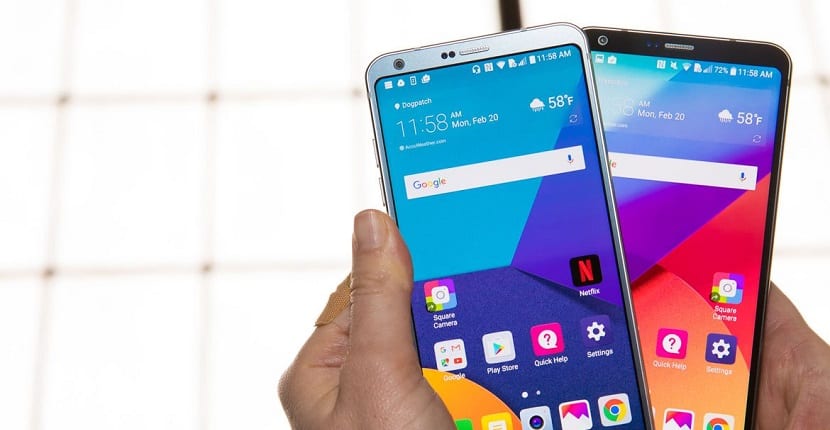
The last specific point that we are going to focus on, we start with LG that presents us with a panel of 5.7 inches and QHD + resolution, 2880 × 1440 px, which has an 18: 9 ratio that the South Korean company has called FullVision. A spectacular panel, and is that LG knows very well how to enter us through the eyes, especially when they are one of the largest television manufacturers in the world. Huawei does not move in terms of screen, 5,1 inches of the Huawei P10 with a Full HD resolution with 432 ppi density and repeats again with an IPS panel.
Samsung is still in the same, Super AMOLED QHD panel (1440 × 2960 pixels) with a quite peculiar 18,5: 9 ratio. Undoubtedly, the 5,8-inch screen presented by the Samsung Galaxy S8 will not leave anyone indifferent, especially with its "edge" on the sides.
Other determining aspects

To finish, we are going to make a small compilation of the determining aspects that can make you decide definitively for one or another device. We start with storage, The Samsung Galaxy S8 starts at 64GB, while the Huawei equals the 64GB bet and LG lowers it to 32GB of the input model. However, all three devices have a microSD slot.
As for the water resistanceis a feature present in all three devices, something increasingly common and that does not differentiate high-end phones. But we can't stop talking about the battery 3.200 mAh for the Huawei P10, 3.300 mAh for the LG G6 and 3.500 mAh. The one that should have the most autonomy ratio according to the specifications would be the LG G6, although it remains to be seen how the large battery of the Galaxy S8 moves.
We are going to finish with the availability and prices, and it is that the Samsung Galaxy S8 goes from 799 euros, while the Huawei P10 It is the cheapest offer on the market, 599 euros for a high-end with all of the law. I miss the movement of LG that you have decided to implement your G6 for no less than € 699. We thus hope that this wide comparison has helped you to opt for one or another alternative, and it is increasingly difficult to choose devices before the huge range of the market.